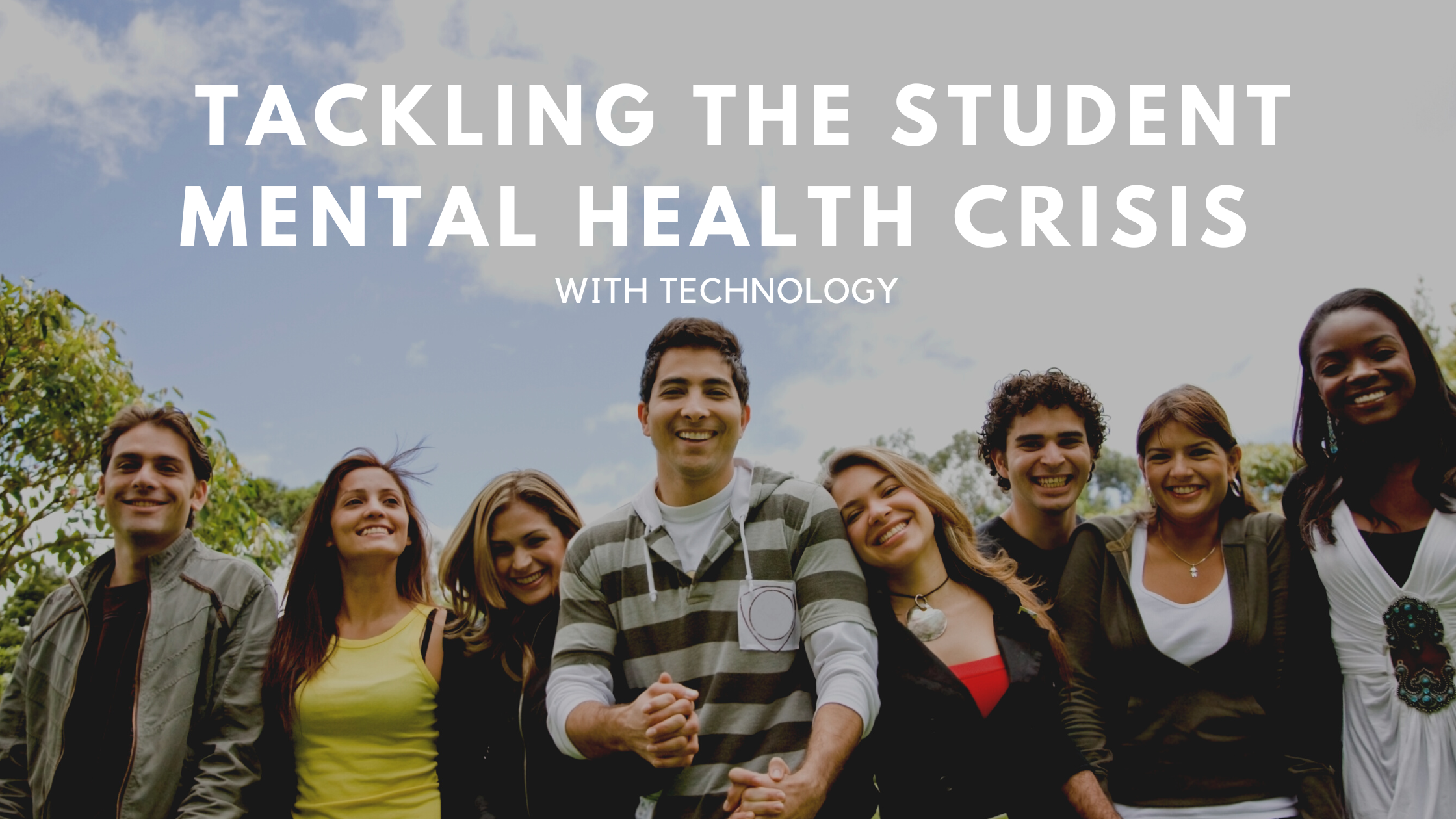The State of Student Mental Health
When you think back to your youth, do you remember feeling inadequate? Maybe you ended up not doing so hot on a test you studied endlessly for, you didn't make varsity football, or the prom queen's dress looked much better than yours. While these examples may seem trivial, feelings of inadequacy lead to low student wellness and are not trivial at all. Now, with the rise of technology, youth are experiencing extremely low student wellness like never before; why is that? And what can be done?
But first, what is student wellness exactly? Student wellness encompasses how students perceive themselves regarding their social, mental, physical, behavioral, and emotional health. A student's enjoyment in life and academic performance are directly related to their health; unfortunately, student wellness is at an all-time low. One study by the CDC surveyed students across the country from 2009 -2019, showing how students are in a state of emergency.
.png?width=1200&name=1%20in%205%20(2).png)
The Negative Role Technology Plays in Mental Health
Why is student mental health at an all-time low? I'm not claiming to have all the answers. However, studies by The Child Mind Institute and the University of Pittsburgh School of Medicine link the rise of social media to student wellness. While social media does have its positives, including the ability to connect with far-away friends and family, and feelings of validation and support, there are downsides. According to a study done by Pew Research Center, 90% of teens use social media, and with that, the feeling of FOMO. FOMO, the fear of missing out, is typical with social media when youth view peers doing something without them. They then develop feelings of loneliness, sadness, and exclusion.
With most students on their devices, cyberbullying is on the rise.
Many researchers, like a paper published in Pediatrics, found that cyber-attacks have longer and more severe impacts on the bystanders, bullied, and even the bully's mental health compared to traditional forms of bullying. One 2018 study found that young adults under the age of 25 who were victims of cyberbullying were twice as likely to self-harm or commit suicide.
What can Schools do to Positively Impact a Student's Wellness?
Pine Cove Consulting offers Securly Aware, a student safety and wellness solution that provides unprecedented visibility into your students’ mental health and wellness. The data provided by Aware can help you understand and meaningfully impact your students’ wellness.
With Aware, you can:
• Know who’s at risk of self-harm, suicide, depression, violence, and bullying
• Proactively support students who demonstrate concerning behaviors
• Gain a clear picture of each student’s current wellness level
• Intervene quickly when wellness levels drop
• Respond effectively to student safety concerns
Pine Cove Consulting provides various other student wellness services, like advanced AI filtering, hybrid learning systems, parental control when devices head home, and various other solutions.
Have any questions? Reach out today at sales@pinecc.com or 800.432.034












